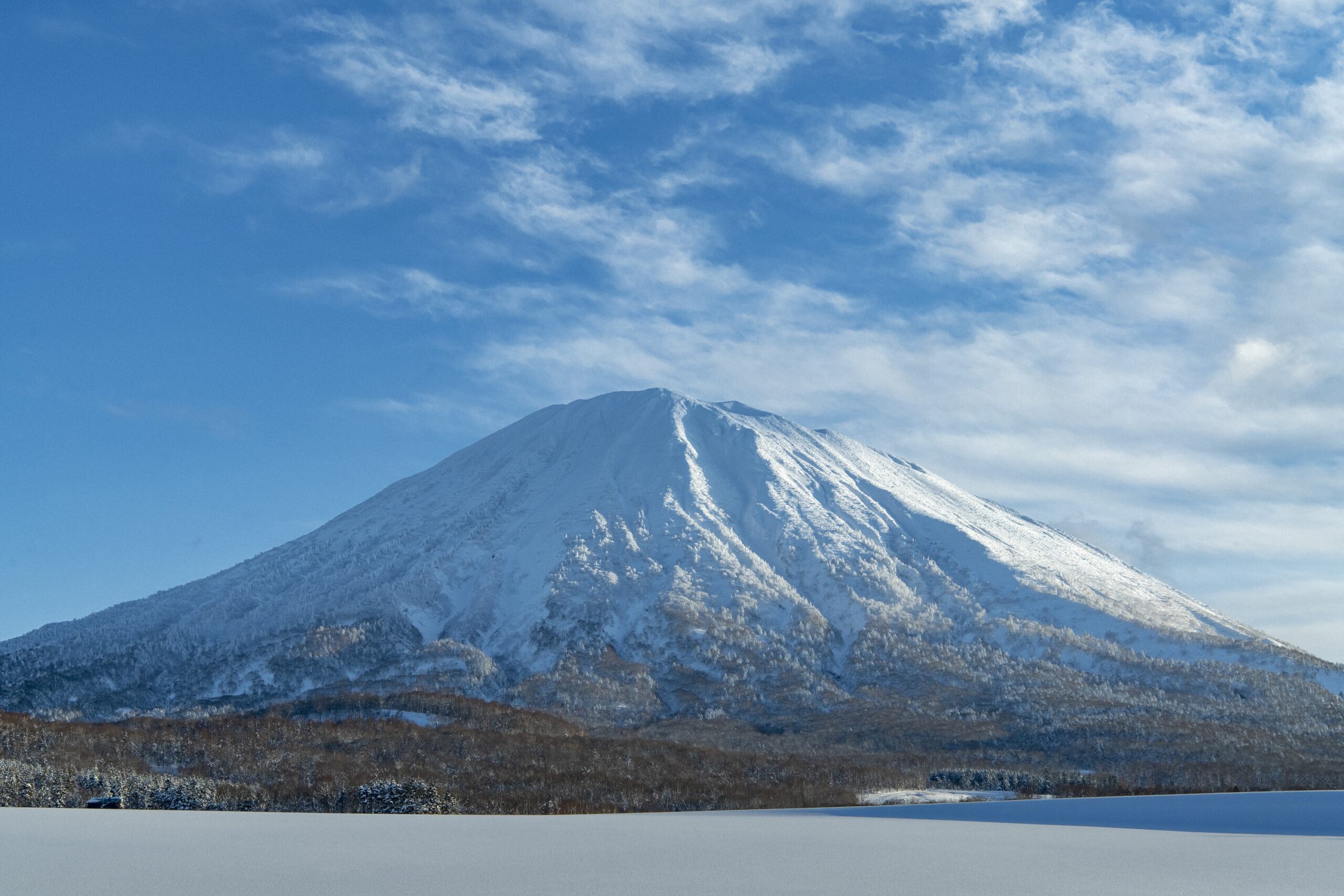
Hokkaido is Japan’s northernmost island and known for many things, but perhaps most of all its unspoiled nature. Its small population, climate, vast size, and the waters surrounding the island all contribute to a natural environment unique in Japan. Perhaps due to its size, however, it can be quite difficult to come up with an itinerary. Indeed, while it is difficult to see everything that Hokkaido has to offer in the context of a single trip, we hope to showcase one route that features a vast variety of highlights that is sure to satisfy a first-time, or recurring, traveler to Japan’s great north.
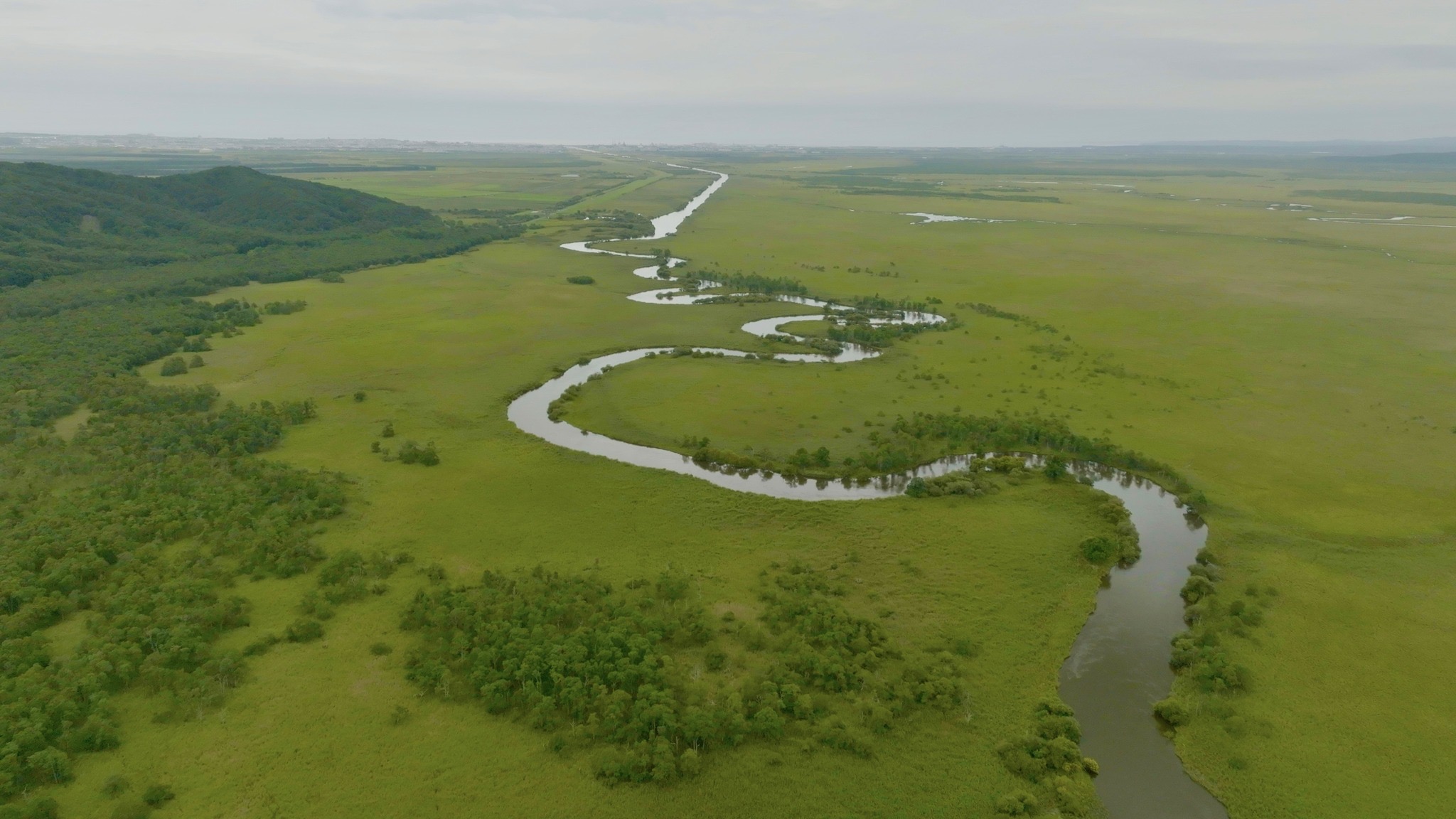
The Nature of Hokkaido’s East
Eastern Hokkaido is a great region to begin your journey to Hokkaido, as it features a natural entry point that is well connected in Kushiro Airport. From here, you can head into downtown Kushiro to enjoy the charming fishing city for a bit (make sure to try the ubiquitous robatayaki, or charcoal grilled seafood, while you are at it), or head immediately to see some nature. The first destination, located just 30 minutes by car, is the Kushiro Shitsugen National Park, Japan’s largest wetlands. They’re home to a huge variety of plants and animals, including various endangered species such as the Japanese crane. Most famously, the endangered red-crowned crane calls the area home. However, the many marshes do make the region difficult to access, which is why we recommend a trip by canoe. These excursions will take you to usually inaccessible terrain through following the winding paths of the many rivers in the area.
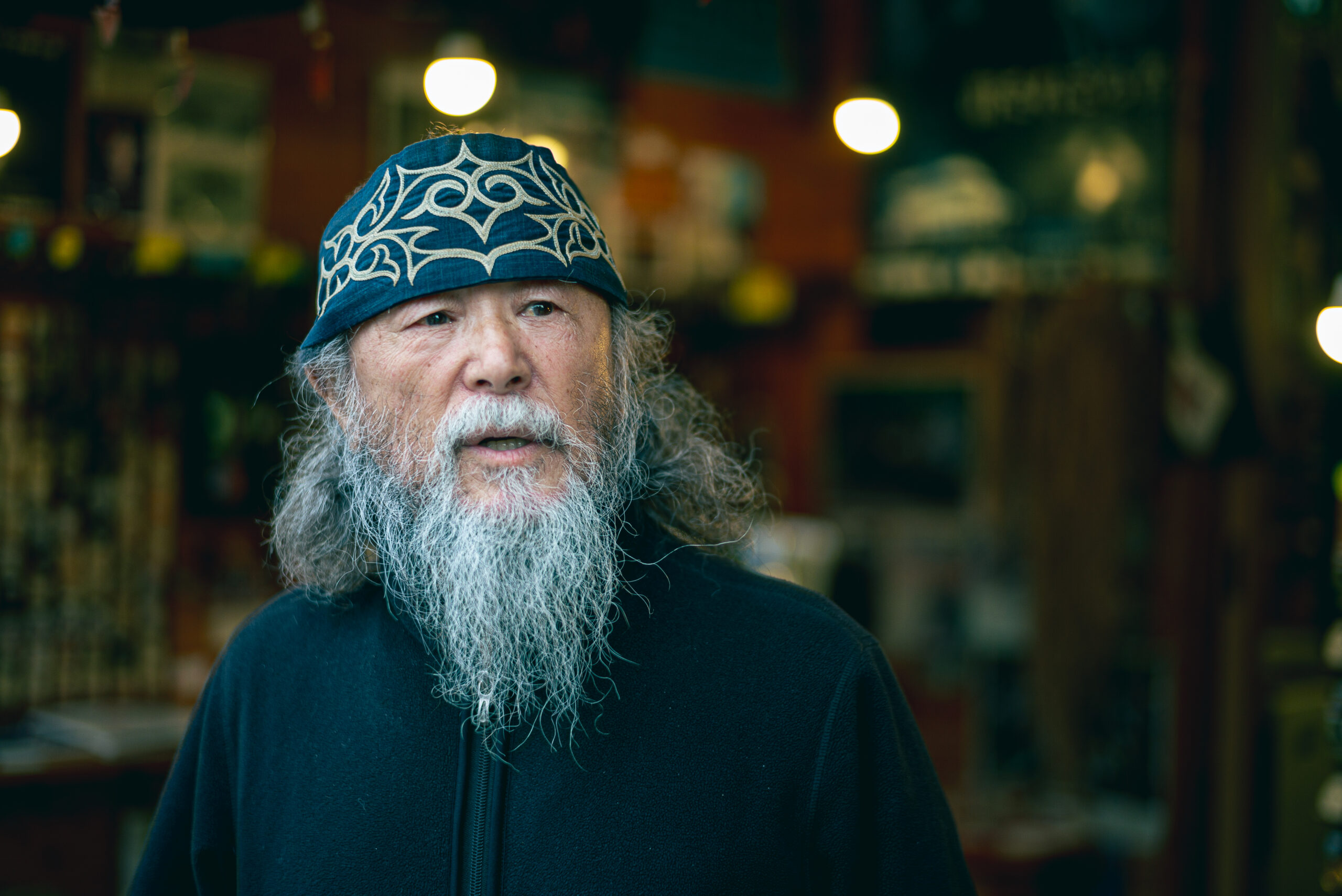
Aside from the hands-on experiences offered at the kotan, taking a guided tour inside the surrounding forest will give you some clues as to why they consider the region a spiritual land. Tsuruga Adventure offers such a tour, which allows visitors to get close to the flora and fauna that call the forest home, including the area’s famous mud volcanoes. This rare natural phenomenon is created by the eruption of mud formed by subterranean hot water that can reach temperatures of 100°C. If you venture a little bit further north to the lake you will also find the Iozan Sulfur Mountain, which stems from the still active volcano nearby. All of these rare spectacles of nature play a part in the legends of the Ainu that have called and still call this region of Hokkaido home. Finally, if you want to try a local alcoholic offering, you could do much worse than visiting Akkeshi Distillery, which has made it its mission to bring the region’s nature to life through whiskey. Located in the quaint coastal town with the same name, Akkeshi Whiskey has rapidly become a rising star in the Japanese whiskey scene, with fans pining for a sip the world over. Alternatively, there are also numerous traditional Japanese hotels with on-site hot springs nearby, making for a relaxing end to any day.

A Deep Dive into Hokkaido’s Greater Capital Region
Next, we head to the more centrally located Hokkaido’s Greater Capital Region, in an around Sapporo. Kushiro Airport offers numerous direct flights to Chitose International Airport, making the connection into this region smooth. Before heading into Sapporo, however, we first head south from the airport. Nearby, you will not only find another picturesque lake, Lake Shikotsu, but further in the city of Shiraoi there is another highlight. Originally known for its delicious meat (which is still highly recommended!), recently the city has attracted attention due to the opening of Upopoy National Ainu Museum and Park, Japan’s first national museum dedicated to the Ainu. Having only opened in July 2020, it is one of the most unexplored new attractions for foreign tourists–and one definitely worth checking out! The massive complex that houses the museum boasts an 8,600 square-meter area and features a park and memorial, in addition to numerous performances and other cultural showcases that visitors can enjoy (oftentimes free of charge). The museum is the best way to learn more deeply about the Ainu’s unique heritage and history, one which is tied to their ancestral land in an entirely different way from the Japanese settlers coming up from the south. Naturally, the museum was built on the site of an old Ainu settlement, one which nestles the beautiful landscape of Lake Poroto.
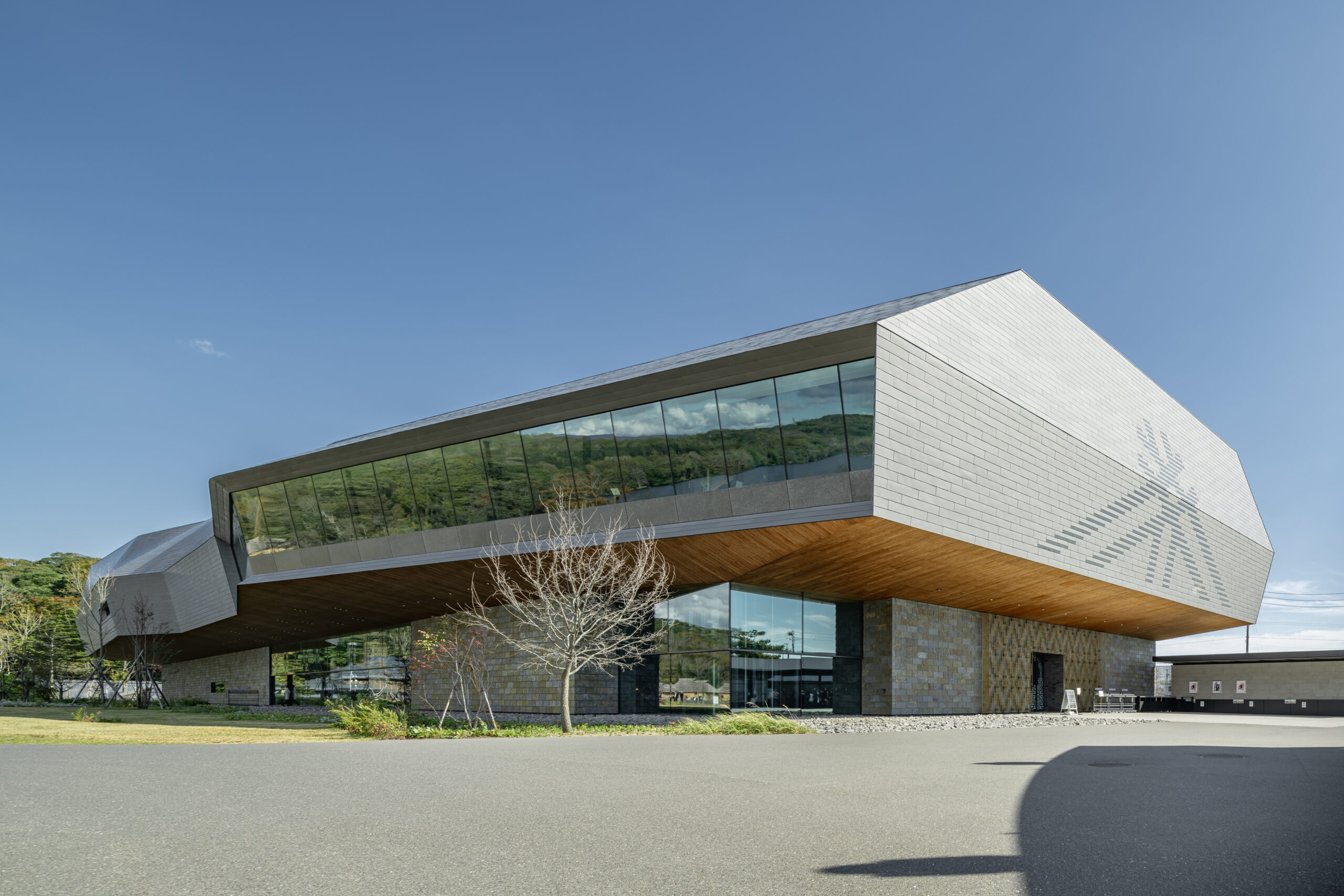
After learning more about the Ainu, we finally head to Sapporo. This modern and cosmopolitan city is best viewed from Mt. Moiwa, and the expansive views offered from the viewing platform there been named as one of the best night views in all of Japan. Furthermore, once the sun sets, one destination for many remains the iconic nightlife district Susukino, which encapsulates the city in its own way. Featuring more than 4,000 bars, Izakayas, restaurants and clubs, not to mention the pulsating neon lights ubiquitous to Japanese nightlife, the area radiates energy. For something a little different, the Chitosetsuru Sake Brewery is the only local maker of Japan’s trademark liquor, offering the chance to taste fresh Sake on-site. If beer is more your thing, head over to the iconic Sapporo Beer Museum, built on-site at the original Sapporo Beer factory. Here, one of our favorite things to do is enjoy fresh beer straight from the source paired with one of Hokkaido’s specialties: lamb and mutton grilled on a metal skillet, which is known as “Genghis Khan” to the locals. There are two restaurants offering the meal near the museum, but we prefer the more relaxed vibe at the Sapporo Garden Grill.
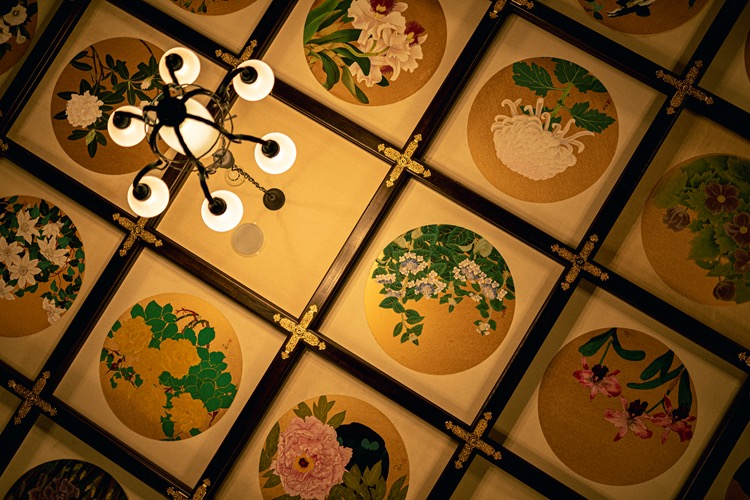
Finally, we head up the coast from Sapporo to the quaint town of Yoichi, known as the heartland of Japanese wine due to its perfect climate for grape growing. Among the many hills in the area there are dozens of wineries, and tasting some local wines will truly make you feel the potential of Hokkaido’s nature. However, Yoichi was originally known for a different type of alcohol: whiskey. Indeed, at the Nikka Whisky Yoichi Distillery you can explore the origins of Japanese whiskey, which has become world renowned today. The distillery was founded in 1934 by Masataka Taketsuru, the father of Japanese whiskey, and within the grounds you will also find a bar that serves offerings you can only find here. Next to Yoichi is the historic town of Otaru. The town is noted for being a major international trading hub—stemming from the herring trade—in years past, and its downtown is still lined with old bank buildings. To truly feel this history, a visit to the Old Aoyama Villa is a must. The villa was built by the Aoyama clan, one of the last great herring families. They amassed massive wealth and used it to collect a treasure trove of Japanese artifacts, which are still displayed within the villa’s grounds. It is therefore not only a symbol of Otaru’s heritage, but all of Japan’s, and thus a fabulous spot for those who appreciate Japanese history, art, and antiques. After a day of exploring Yoichi and Otaru, the perfect spot to relax is Jozankei Onsen. Located around 26 kilometers south of Sapporo, this hot spring enclave is situated within the lush green valley of the Shikotsu-Toya National Park. There is no better place to take it easy and remember all of the sights, eats, and sounds of your trip to Hokkaido.
The Charm of Hokkaido’s Four Seasons
Cast : Casey & Matthew Jones
Producer:Masashi Nozaki
Director & Cinematographer:Christoph Gelep
Executive Producer:Keiko Kawabata
Drone Operator : Kazuya Tsutsui ( Aerial Japan inc.)
photography:Nik van der Giesen
Production : Le fleuve
Voice-over:Max Rehm